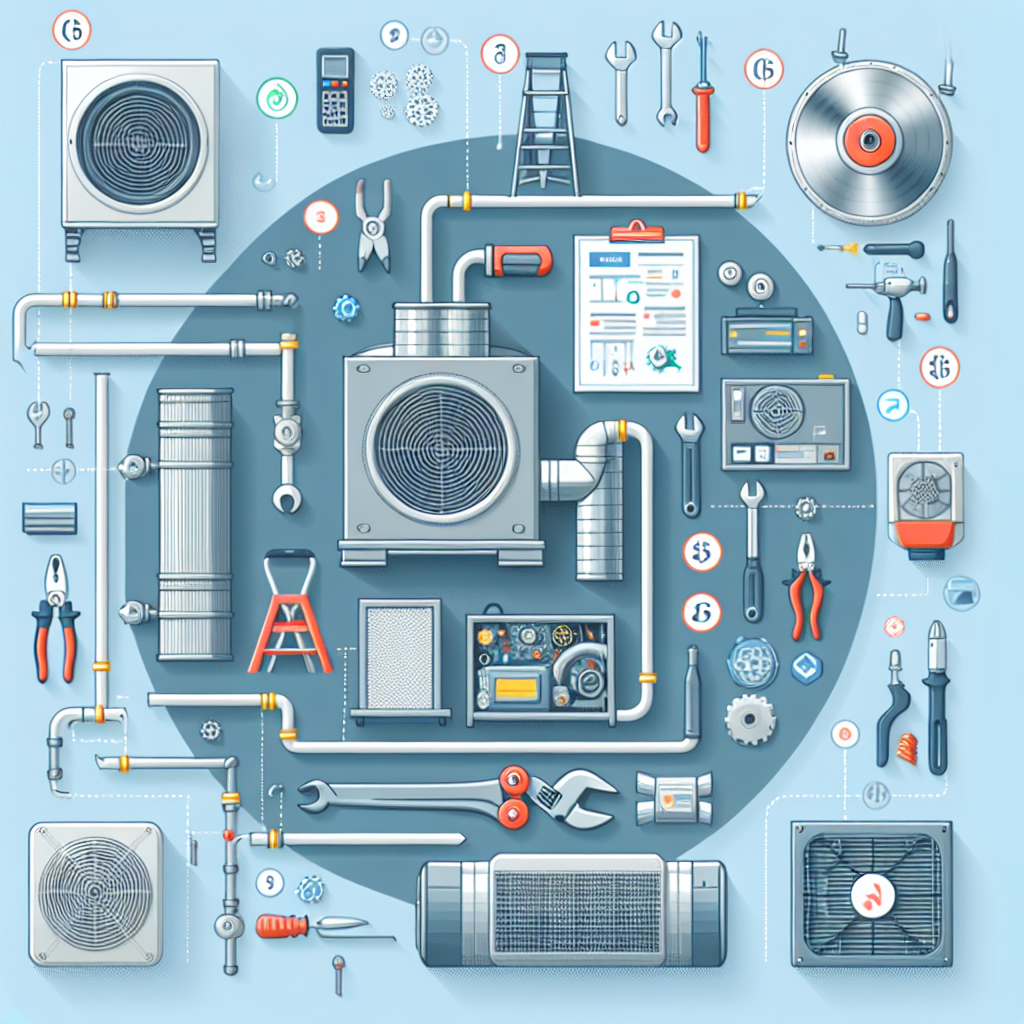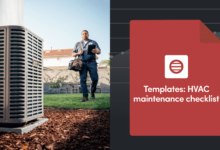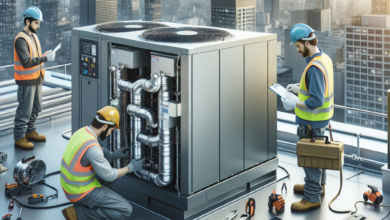Cost to Install HVAC System With Ductwork
The Cost to Install HVAC System with Ductwork

HVAC Installation Cost – When it comes to creating a comfortable living or working environment, a reliable HVAC (Heating, Ventilation, and Air Conditioning) system is essential. Whether you are building a new home or upgrading your existing system, understanding the cost to install an HVAC system with ductwork is crucial. In this article, we will explore the various factors that influence the cost, provide real-life examples and case studies, and offer valuable insights to help you make informed decisions.
Understanding HVAC Systems and Ductwork
Before diving into the cost aspect, let’s briefly understand what an HVAC system with ductwork entails. An HVAC system is responsible for regulating temperature, humidity, and air quality within a building. It consists of three main components:
- Heating: This component ensures the space is adequately heated during colder months. It can be powered by electricity, natural gas, oil, or even solar energy.
- Ventilation: Ventilation is crucial for maintaining fresh air circulation and removing pollutants, odors, and excess moisture from the building.
- Air Conditioning: Air conditioning provides cooling and dehumidification during hot summer months. It helps maintain a comfortable indoor temperature.
Ductwork, on the other hand, refers to the network of pipes or channels that distribute heated or cooled air throughout the building. It ensures that the conditioned air reaches every room or space efficiently.
Factors Influencing the Cost of HVAC System Installation
The cost of installing an HVAC system with ductwork can vary significantly based on several factors. Let’s explore these factors in detail:
1. Size of the Building
The size of the building plays a crucial role in determining the cost of hvac installation. Larger buildings require more extensive ductwork and a higher capacity HVAC system to adequately heat or cool the space. The square footage of the building is a primary consideration when estimating the cost.
2. Type of HVAC System
There are various types of HVAC systems available, each with its own installation cost. The most common types include:
- Split Systems: These systems have separate units for heating and cooling. They are ideal for smaller buildings and are relatively cost-effective.
- Packaged Systems: Packaged systems have all components (heating, cooling, and ventilation) in a single unit. They are suitable for larger buildings and can be more expensive to install.
- Heat Pumps: Heat pumps are energy-efficient systems that can both heat and cool a building. They are a popular choice for moderate climates.
- Geothermal Systems: Geothermal systems utilize the earth’s natural heat to regulate indoor temperature. While they have higher upfront costs, they offer long-term energy savings.
The type of HVAC system you choose will impact the overall installation cost.
3. Ductwork Material and Complexity
The material used for ductwork and its complexity also affect the installation cost. Common ductwork materials include sheet metal, fiberglass, and flexible ducts. Sheet metal ducts are the most durable but can be more expensive. The complexity of the ductwork, such as the number of bends and turns, also influences the cost.
4. Energy Efficiency Requirements
Energy efficiency is a growing concern for many homeowners and businesses. Opting for a high-efficiency HVAC system can result in higher upfront costs but can lead to significant energy savings in the long run. Energy-efficient systems often qualify for rebates and incentives, which can help offset the initial investment.
5. Local Labor and Material Costs
The cost of hvac installation can vary based on your location. Labor rates, material costs, and local regulations can all impact the overall cost. It is essential to research and obtain quotes from reputable HVAC contractors in your area to get an accurate estimate.
Real-Life Examples and Case Studies
Let’s explore a few real-life examples and case studies to provide a better understanding of the cost to install an HVAC system with ductwork:
Example 1: Residential Installation
For a typical 2,000 square foot home, the cost to install an HVAC system with ductwork can range from $6,000 to $12,000. This estimate includes the cost of equipment, ductwork installation, and labor. The final cost will depend on factors such as the type of HVAC system, ductwork material, and local labor rates.
Example 2: Commercial Installation
Commercial installations are more complex and require larger HVAC systems and extensive ductwork. For a 10,000 square foot office building, the cost to install an HVAC system with ductwork can range from $20,000 to $40,000. The cost will vary based on factors such as the type of HVAC system, ductwork material, complexity, and local labor rates.
Case Study: Energy-Efficient Upgrade
A case study conducted by a commercial building owner in California showcases the potential cost savings of upgrading to an energy-efficient HVAC system. The building owner replaced the existing HVAC system with a high-efficiency system and upgraded the ductwork. The total cost of the project was $50,000. However, the building owner estimated annual energy savings of $10,000, resulting in a payback period of just five years.
Summary
Installing an HVAC system with ductwork is a significant investment, but it is crucial for creating a comfortable and healthy indoor environment. The cost of installation can vary based on factors such as the size of the building, type of HVAC system, ductwork material, energy efficiency requirements, and local labor costs. It is essential to obtain multiple quotes from reputable HVAC contractors and consider long-term energy savings when making decisions.
Remember, investing in a high-quality HVAC system and professional installation will not only provide immediate comfort but also result in long-term energy savings and increased property value. Take the time to research, compare options, and consult with experts to make the best decision for your specific needs.









